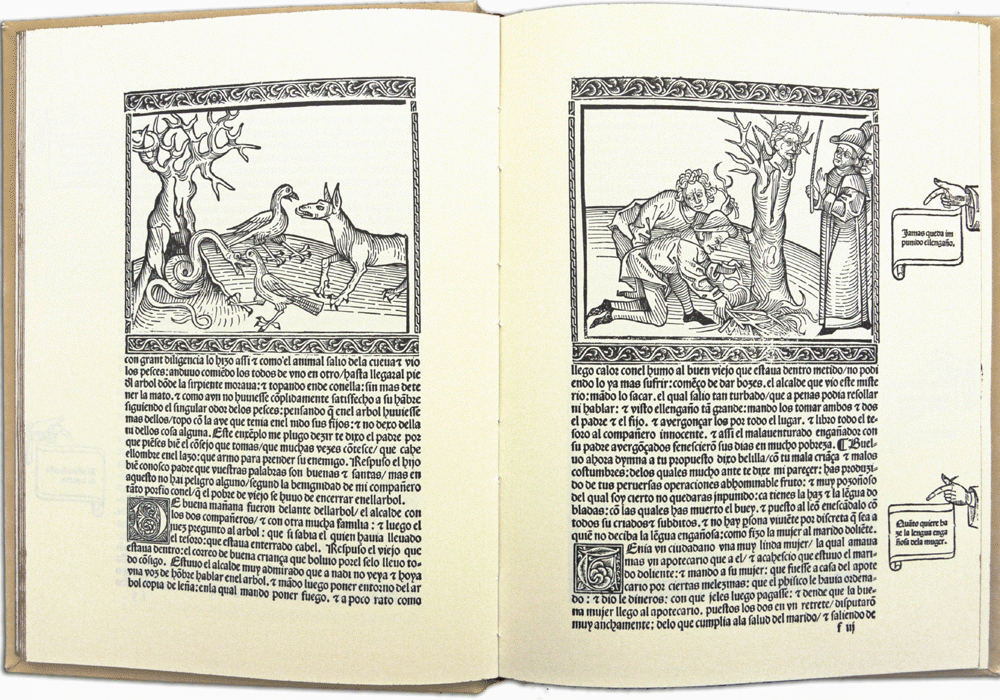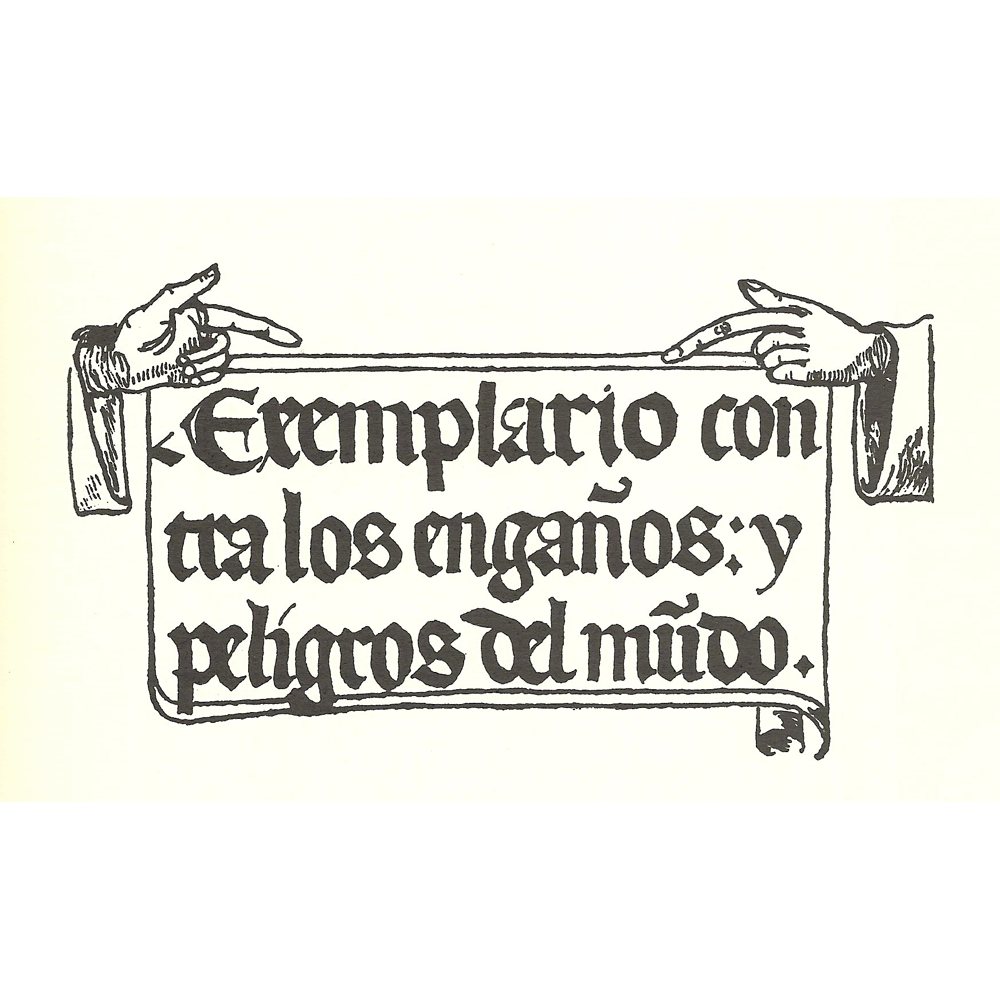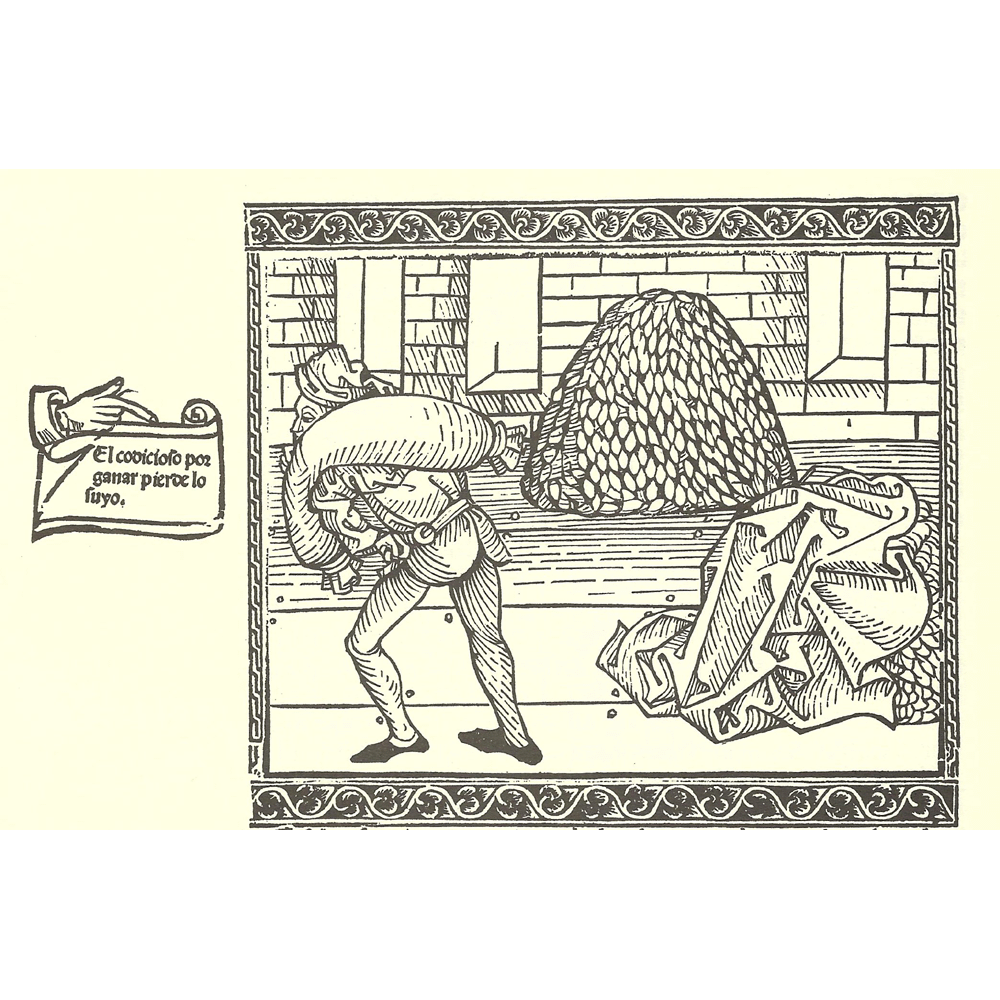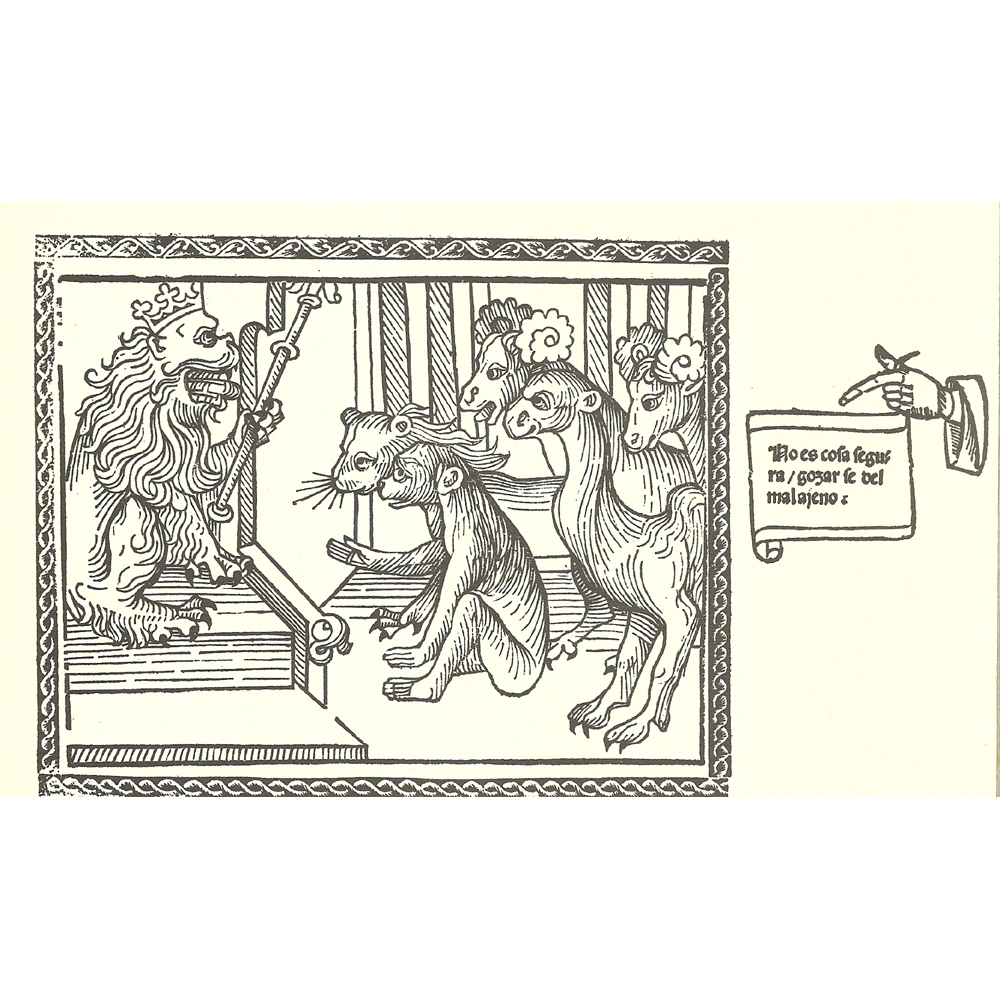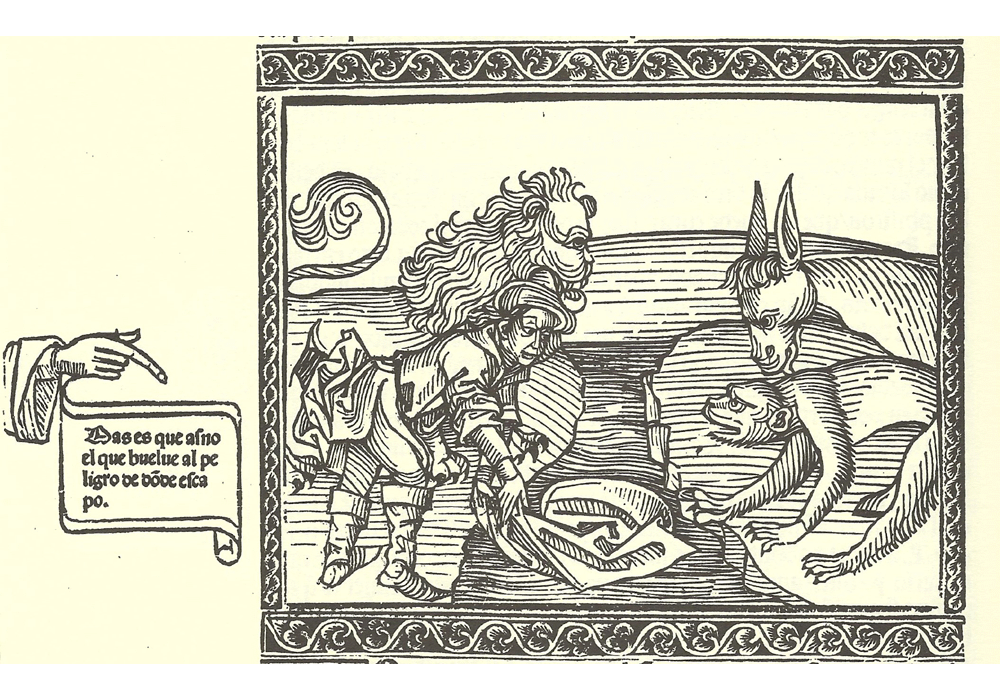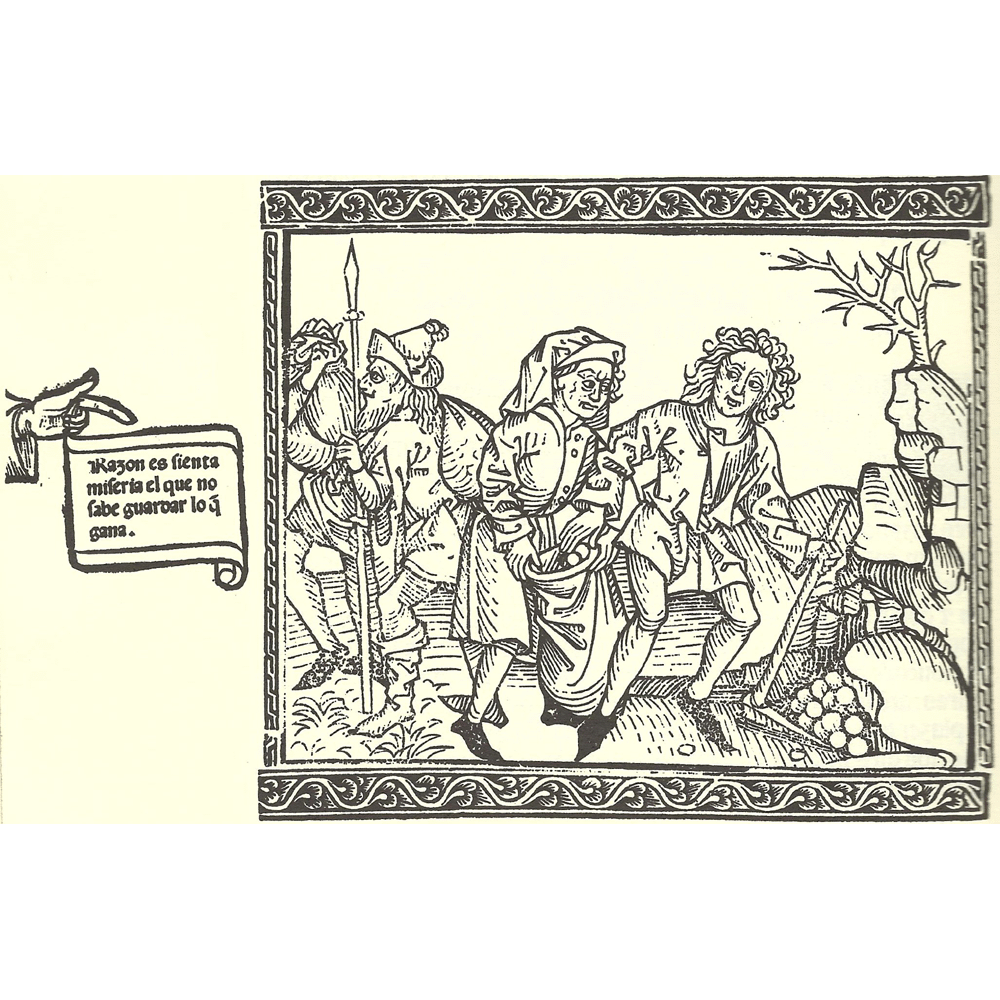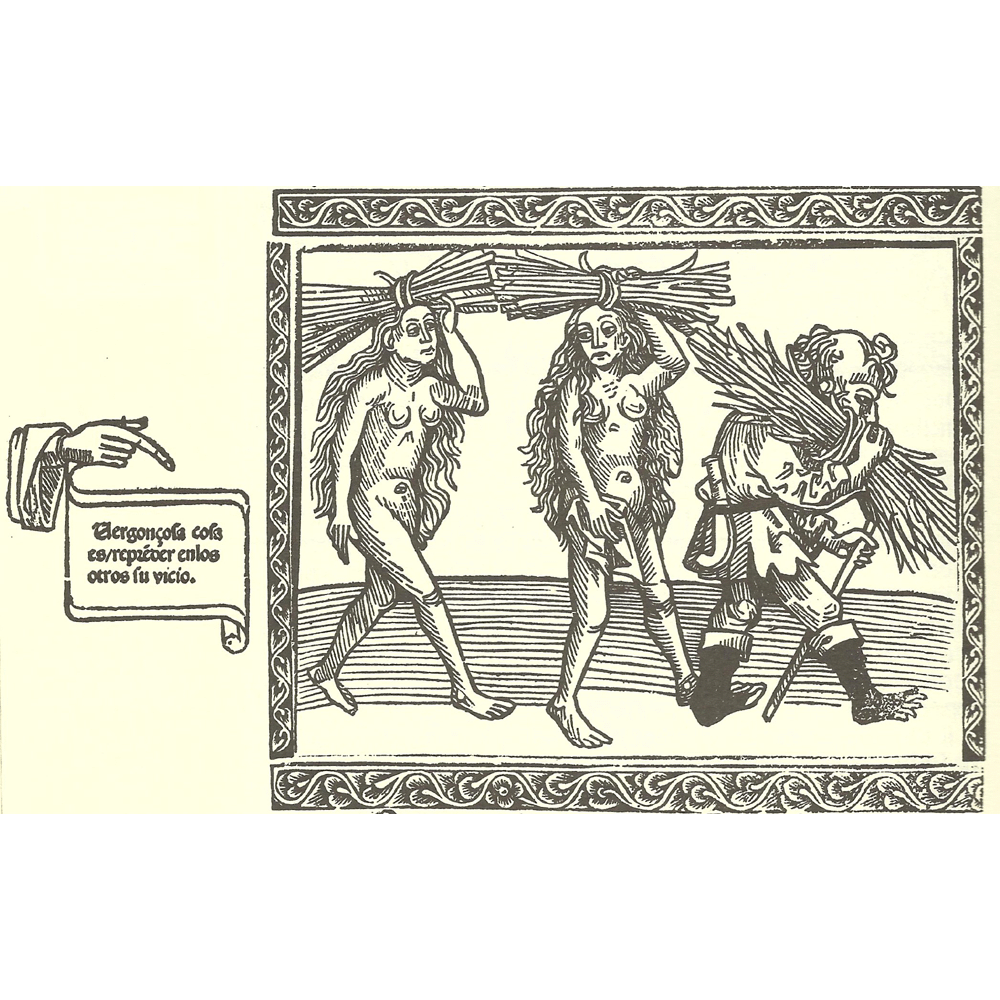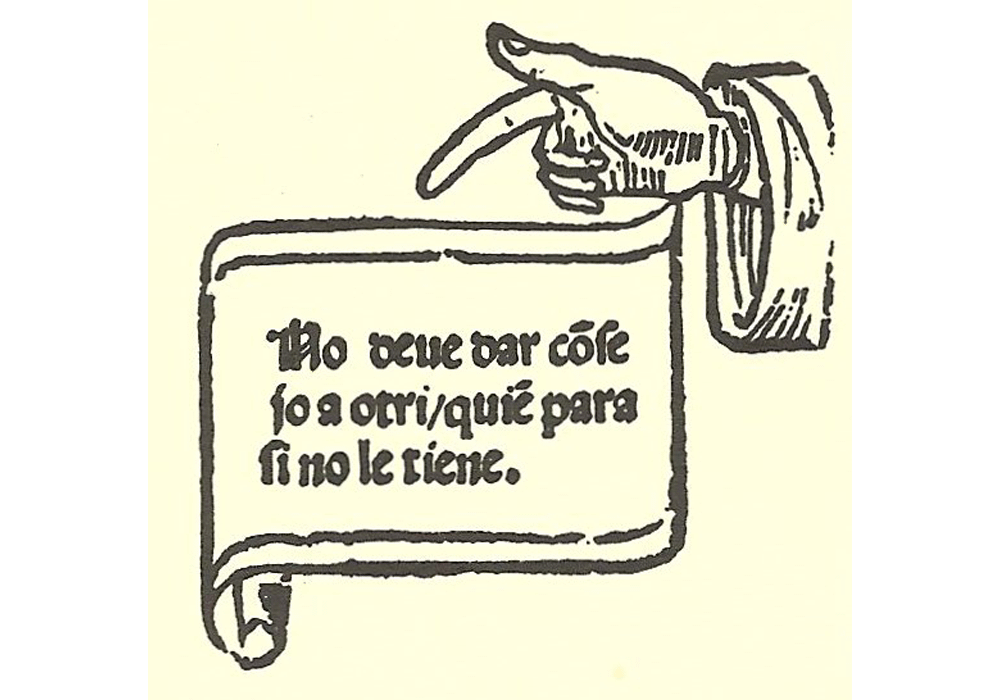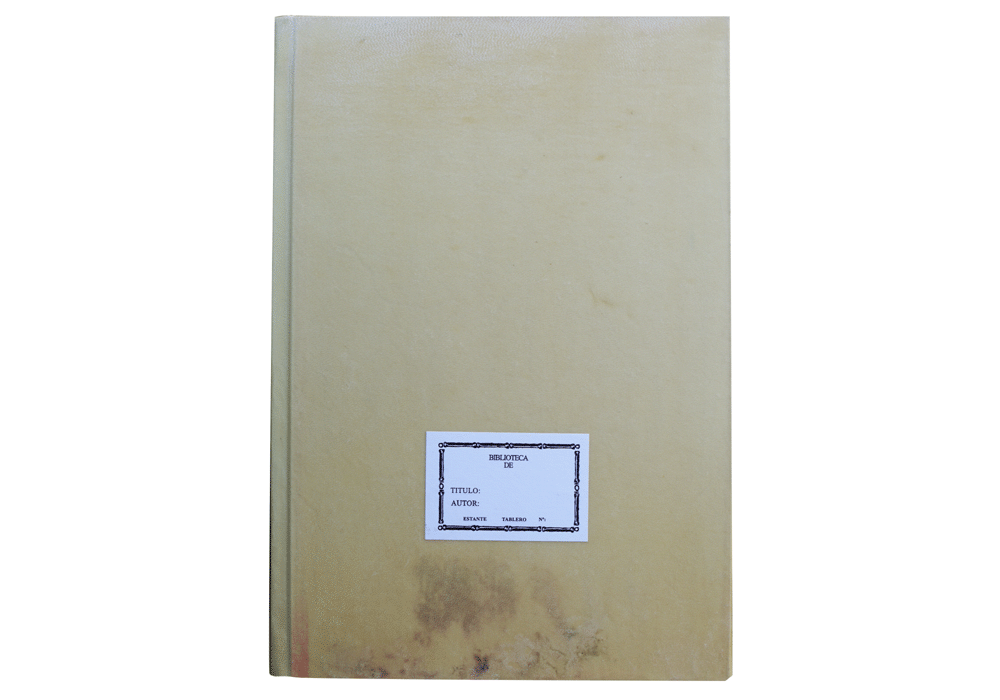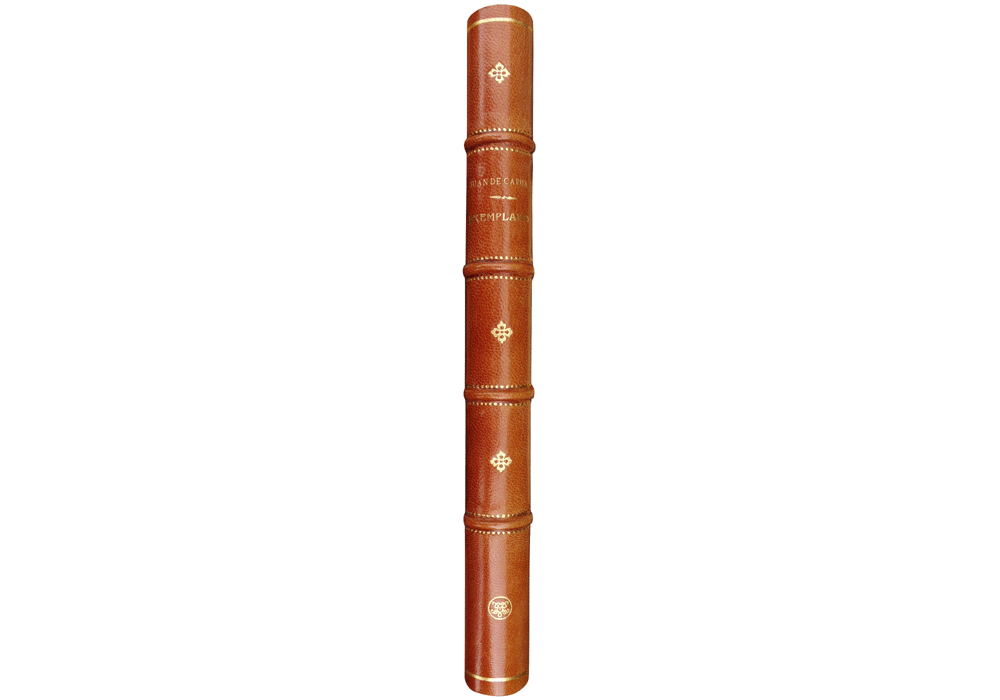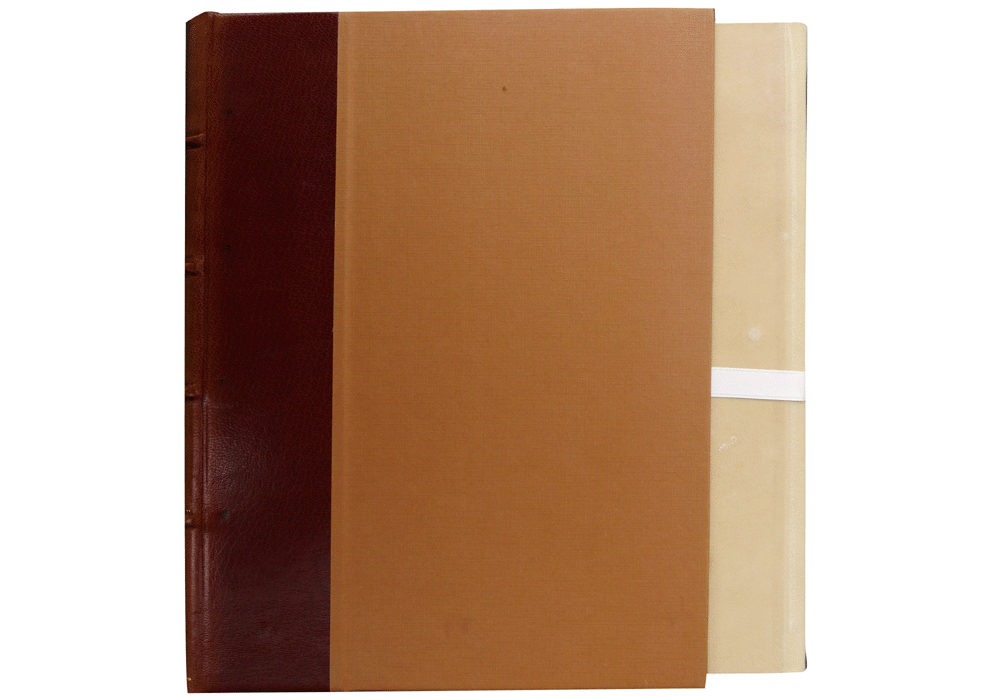|
|
|
| Seguir @vicentgarciaedi Twittear |
|
vgesa |

|
|
|
Synopsis: Incunabula from Zaragoza represented by the only known copy, unfortunately incomplete, which offers a Castilian translation of Calila e Dimna. Owing to the Arabic translation, the Fables of Bidpai are known by this given name which were written in Sanskrit and translated into, among others, Persian, both of which have been lost. Towards the year 750 the Arabic version from the Persian text, manages to universalize this text of universal literature, thanks to later translations into other languages. But at the same time as the Persian translation, it had also been translated into Hebrew (attributed to the Rabbi Joel). It is this version that Juan de Capua, an Italian translator from the XIII century, who had renounced Judaism, translates into Latin with the title Directorium humanae vitae, the Latin original which is used for this second translation into Spanish, given that previously there had been a direct translation into Latin in the XIII century by order of Alphonse X while still Prince. Along with the interest of the text, Pablo Hurus offers us, as was usual in him, a generously illustrated edition.
|
IBIC Rating: |
||
|
AC History of art / art & design styles |
1D Europe
|
|



